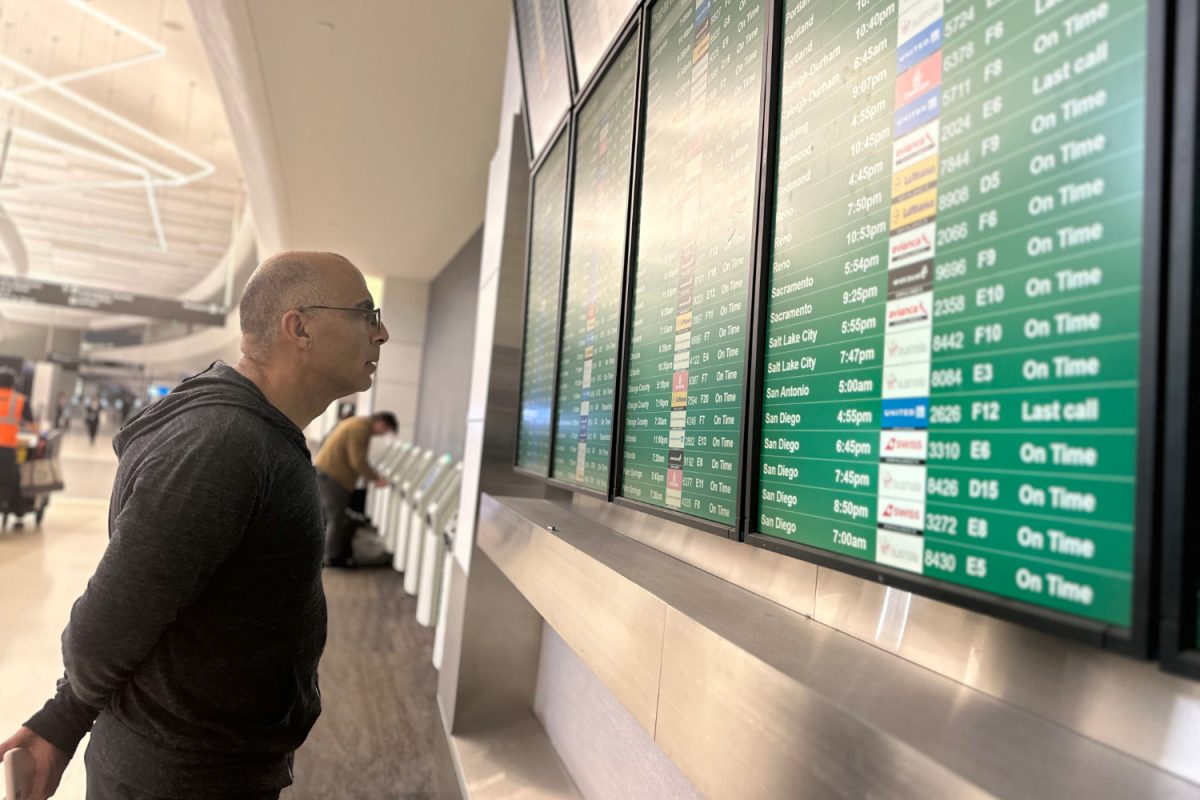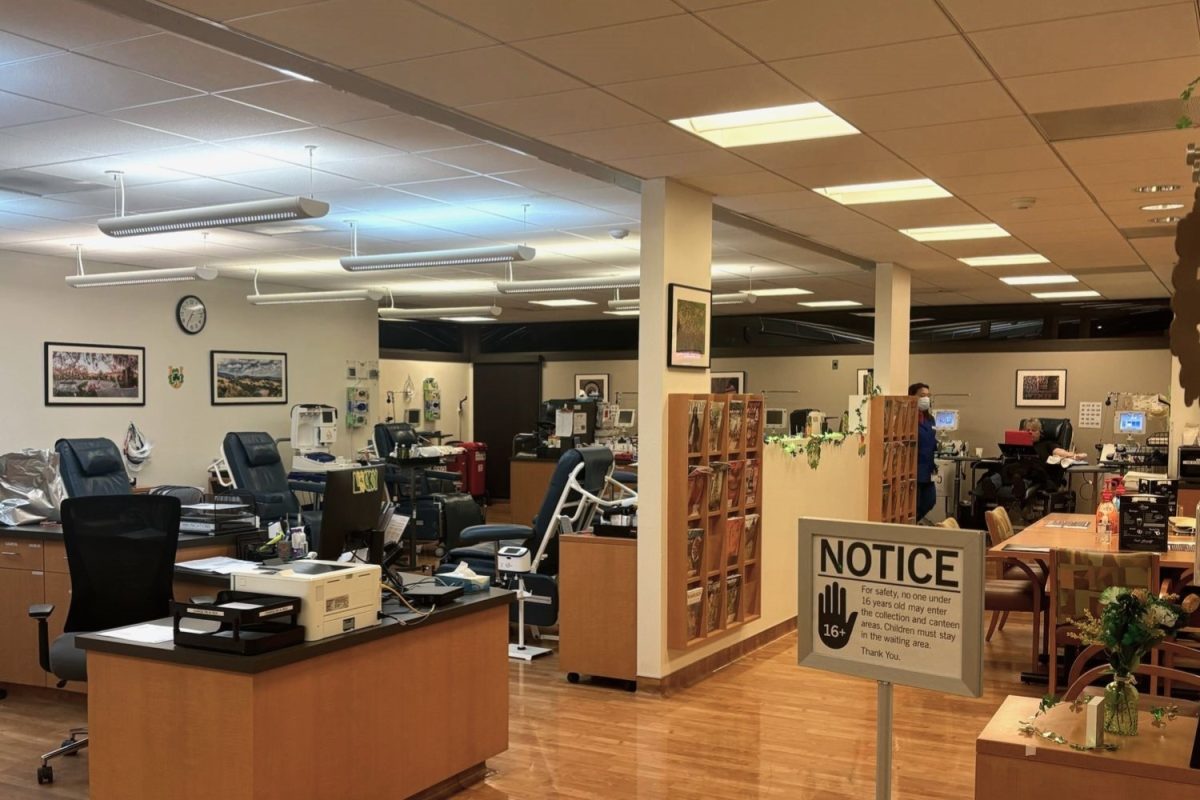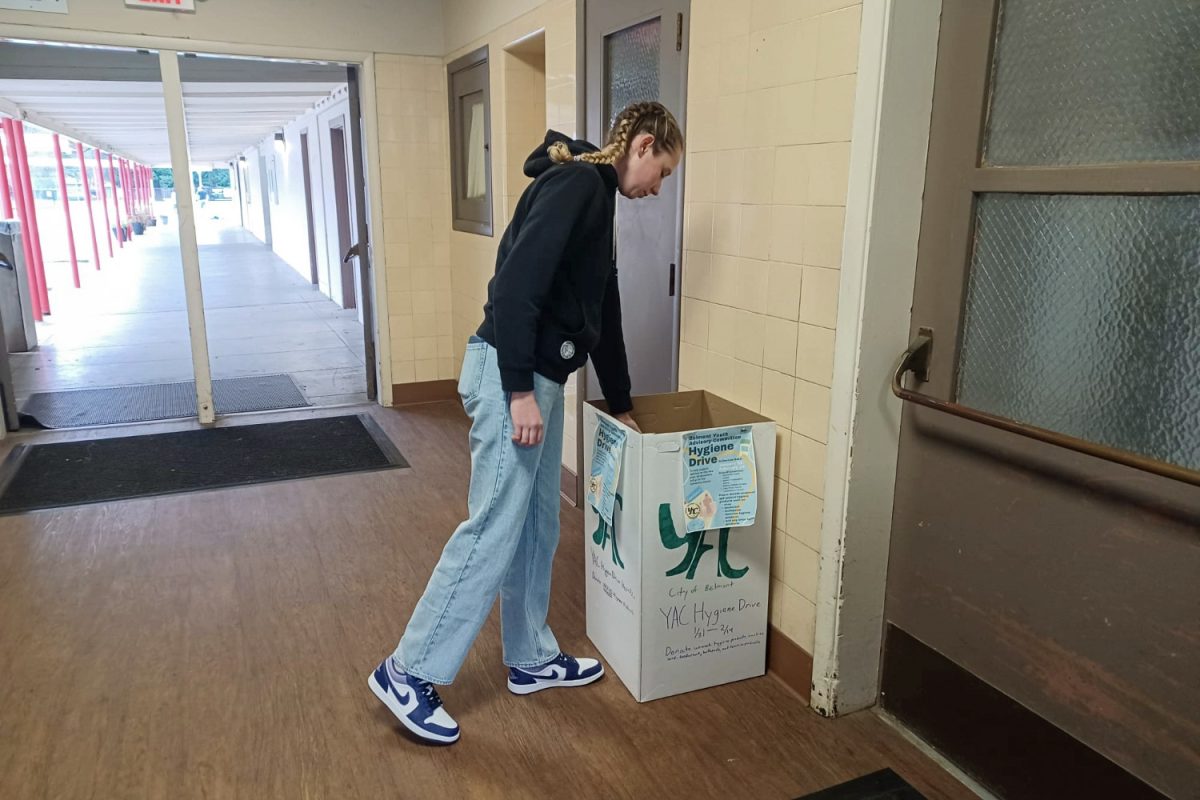From grounded planes to snow-packed roads, winter weather is causing widespread travel disruptions, leading to numerous delays and cancellations for air and road travelers alike.
On Dec. 9, there were 4,111 flight delays and 115 cancellations throughout the United States, according to FlightAware’s “Misery Map.” Among these numbers, 75% stem from weather-related issues concerning the safety of individuals.
Charles Paxton, a retired science officer at the National Oceanic and Atmospheric Administration (NOAA), says seasonal snow, fog, and heavy rain play the most important role in determining whether or not a flight should be delayed or canceled.
“Light snow does not impact travel much, but heavier snow and fog worsens visibility and makes operating planes and landing unsafe,” Paxton said. “Air traffic controllers are constantly checking the weather and communicating with airlines.”
Air traffic controllers play a key role in ensuring flight safety. According to Paxton, they monitor thousands of airplanes daily and are responsible for making executive decisions to optimize smooth travel.
“If minimum visibility is reached during a strong snow event, planes can no longer land on schedule. It is up to air traffic controllers to determine if this is a brief impact or if it will last for a while, causing them to redirect traffic elsewhere,” Paxton said.
If travelers face weather disturbances before being in the air, many find themselves lingering around the airport for hours until it is clear for travel. Other times, travelers stay stranded for days until they can catch another flight to their destination.
“I have had big delays due to the wind in the past, making it really hard to do anything. We just end up waiting around until the weather gets better,” said Rebecca Welte, a volunteer at the Hiller Aviation Museum.
Welte traveled to Utah over Thanksgiving break. Her layover at the Harry Reid International Airport in Las Vegas was lengthened by an hour due to a snowstorm. Although the delay did not affect her travel plans, she says the airlines do a great job putting the safety of travelers first.
“They usually notify us in advance and keep us updated on our flight status. The agency is typically really accommodating while we wait for the storm or bad weather to stop,” Welte said.
Along with weather conditions threatening air travel, roadways become dangerous due to violent snowstorms and wind-triggered hazards, posing a threat to many drivers.
Jolie Zheng, a junior at Carlmont, often travels to Tahoe for winter and mid-winter break. For her, a typical five hour trip in the spring turns into a nine hour trip in the winter.
“In 2023 my family and I went on a ski trip during an incoming storm. We didn’t realize the severity of it until we were actually on the road, and we weren’t equipped for the unsustainable weather conditions. We ended up turning back and staying at a hotel,” Zheng said.
With the holiday break nearing, many travelers like Zheng fear what the weather may bring.
“I hope we can travel this year. It is very frustrating when the weather turns a highly anticipated trip into one that never becomes a reality,” Zheng said.












